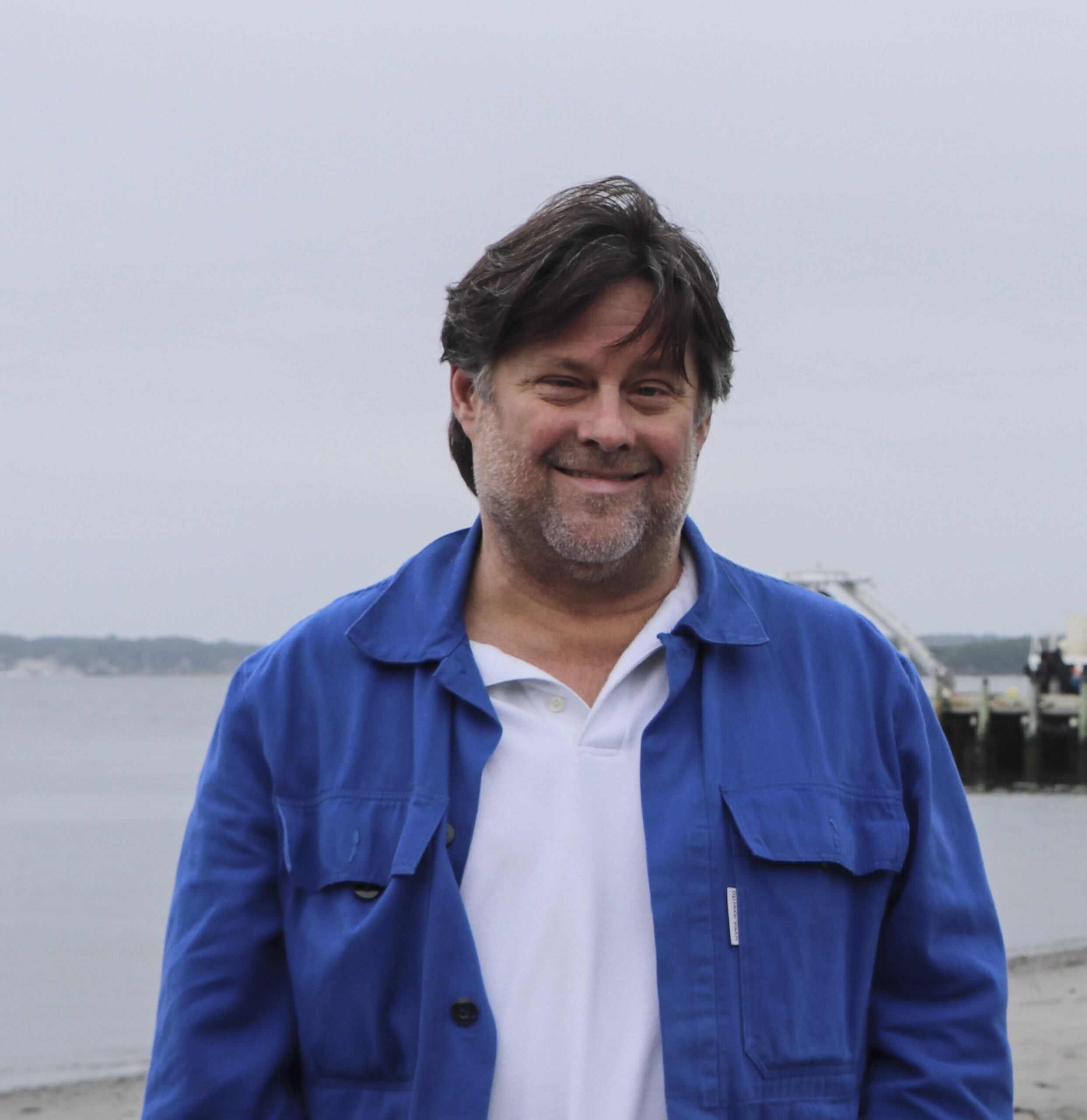Steve D’Hondt, a professor of oceanography, is working with students in Puerto Rico to study microorganisms on the ocean floor. PHOTO CREDIT: Geologybites.com
The University of Rhode Island’s Graduate School of Oceanography (GSO) is constantly at the cutting edge of ocean research.
22 scientists and crew members ventured on the research vessel Neil Armstrong, a ship based out of Woods Hole, Massachusetts to the Puerto Rico Trench off the coast of Puerto Rico. After the voyage, the team made history by being able to have gotten the deepest core samples taken from the Atlantic Ocean.
According to Steven D’Hondt, one of the co-leaders of the investigative research and a professor at URI, Puerto Rico was picked as the destination on the ship’s voyage because the Puerto Rico Trench is the deepest part of the Atlantic Ocean. Puerto Rico was also a beneficial location because of the variety of ocean shelf depths, the great weather conditions in the tropics in the winter and because it is a U.S. territory.
From February to March, the URI GSO collaborated with Woods Hole Oceanographic Institute, Oregon State University, University of California San Diego (USCD), University of Puerto Rico Mayagüez and scientists from Munich off the coast of Puerto Rico to study the seafloor and the microbes that live beneath it. The research project itself was also supported and funded by the U.S. National Science Foundation.
D’Hondt stressed how important the collaboration was to the success of the project.
“You know, the science can’t be done without the people who build and operate the tools and the people who operate the ship, it’s teamwork,” D’Hondt said.
D’Hondt co-led the investigation with URI staff member Rob Pockalny and Professor Ying Zhang from the GSO and the College of Environment and Life Sciences, respectively.
The collaboration was also used as a learning experience and was open for students from the URI GSO, UCSD and Puerto Rico to apply to be a part of the team.
According to D’Hondt, a GSO graduate student, Kotashi Liu, was picked from URI due to his experience in robotics and engineering and he helped operate the robot that was a part of the project. The robot was also operated by engineer Dave Casagrande, who used the robot to sample water from the deepest parts of the ocean.
Sofía Rivera Soto saw an advertisement for the project at the University of Puerto Rico Mayagüez, and applied to be a part of it. Rivera Soto is a chemical engineering student in Puerto Rico, but has had experience working on research with water and soil science because she aims to be as interdisciplinary of a student as possible. While on the vessel, she oversaw the logging of all of the water and sediment samples taken.
“I really think it gave me a really good idea of what the whole scope of the project was because I was in contact with everybody,” Rivera Soto said.
Rivera Soto’s role was to make sure that all of the samples collected were labeled with descriptions as well as what depths they were taken from. She further explained that every big sample was separated into smaller samples so that they could be used in all of the different labs on board as well as being preserved for future research.
Rivera Soto will be traveling to URI’s bay campus in May to continue analyzing the samples that were taken. She said that she has never felt closer to a group of people on a research project before.
“I just really hope this is like the first of many collaborations that I have with URI and GSO,” Rivera Soto said. “I didn’t expect to have such a close connection with them and I think that says a lot about their attitudes and really their love for science.”
D’Hondt reflected on how important research and scholarship is for people to continue to learn more about the world around them.
“So for me, the exciting part of scientific research is the opportunity to learn stuff that wasn’t previously known,” D’Hondt said. “That’s what this expedition is designed to do.”
All of the different parts of the research project took samples and they will all be conducting different experiments to learn more about the compositions. The research will continue through next year, preserving samples so that in the future, anyone will still be able to learn from the sediments.

